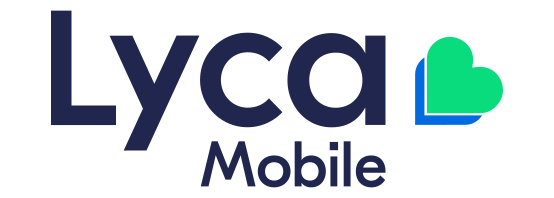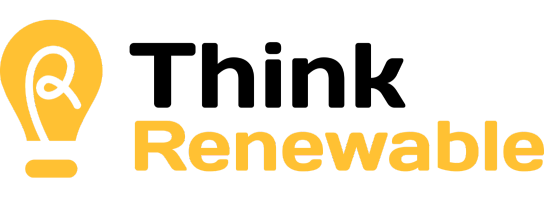How to Write an Eye-Catching Creative CV

Working in a creative industry often provides an exciting and interesting career full of opportunities to truly engage your imagination.
As is often the case in the job market, the creative industries can be quite competitive. With so many candidates vying for attention, you must produce a CV that is truly eye-catching.
When creativity is at the core of your profession, it makes sense that employers will want to see this reflected in your job application. It’s unlikely that anyone who works in the advertising or publishing sectors, for example, would hire someone with a lifeless CV.
Recruiters and Hiring Managers will typically work through countless resumes for each role they’re trying to fill. The higher the volume of applications, the more important it is that yours stands out. It’s for this reason we’ve focused on the top tips you need to write an eye-catching CV that’ll stand out enough to gain an interview for your next creative job.
Keep it Short and to the Point
A CV shouldn’t be pages and pages long. In fact, most employers will be looking for no more than two pages for a CV and there should be enough information on those pages to show that you’re right for a role. Keeping your CV short doesn’t mean you’re not experienced enough, it just means that you’ve learned not to drone on.
Using short, snappy sentences ensures that you can give the biggest impact in the fewest words. Too much detail lengthens your CV. You have to consider how much of your CV a Recruiter or employer would pay attention to. If someone is skim-reading your CV, you want the right things to leap out and waxing lyrical about your last job in marketing isn’t the way to do it. Save that for the interview!
When you keep it to the point, then the reader can effortlessly get the info they need, which they’ll appreciate if they’ve got a mountain of applications to get through.
Be Descriptive and Interesting
It’s easy to say that you’re a passionate and hardworking employee who can learn quickly, but can you get this point across in an interesting and original way?
The language that you use will either help you to stand out from the crowd or it can be the reason your CV goes in the trash. You want to strike the right balance between explaining yourself concisely and coherently, whilst also captivating the reader’s attention. So, find your unique selling point and communicate this succinctly.
Don’t be afraid to back up your points with genuine examples. If you increased engagement by 50% in your last digital marketing role, then go ahead and include this information. When you emphasise how you can add value, then you’ll instantly be a more attractive prospect.
Adapt Your CV for the Role
If you’ve got loads of experience then that’s great, but it might not all be relevant to the role you’re applying for. Don’t be afraid to lose something from your CV if there’s no real benefit to including it this time.
It’s always a good idea to make sure your CV is a match for the job you’re applying for. This doesn’t mean you should stretch the truth, but that you should include relevant information to the job description and company – that’s why it’s okay to lose things from the copy.
Do some research on the business and make notes from the job ad. This will help you to find ways to highlight why you’re an ideal fit. Have you clocked the keywords used in the job description? If relevant, weave some of these through your CV so that the Hiring Manager will catch them as they read.
If you don’t have any creative industry experience, then it’s still possible to tailor your CV to appeal to the employer. Focus more on how the skills and talents you developed in previous roles apply to the job you’ve set your sights on.
Be Flawless
Mistakes on a job resume might seem minor but this can put employers off. Taking extra care to proofread and edit your CV to perfection is essential. The person reading your resume will be able to tell when you’ve put serious effort into creating it, and this can naturally give you a boost.
Asking someone to double-check your CV is an easy way to spot any errors you’ve overlooked. It’s also a good idea to get a second opinion so you can give yourself the best chance of success.
The simplest way to give your CV the edge is to work with a Recruiter, as they can share their wealth of industry knowledge with you. Not only will they help you to polish your resume, but they’ll also connect you with the most appropriate jobs in your local area. For example, if you’re a graphic designer in New South Wales, then connecting with a recruitment agency in Sydney will streamline your job search.
Keep Design in Mind
Although the written content of your resume is naturally the most important consideration, it’s also wise to make it easy on the eyes.
To make your creative CV look good, you should use:
- clear section headings
- consistent formatting
- easily readable font and font size
- bullet points for key info
- white space liberally – have ample separation between each section
If you’re not proud of the way your CV looks, then it isn’t finished yet. Make sure you’re keen to show it off before you submit it for consideration.
Applying for Creative Jobs
Now that you know how to create an eye-catching resume, you can immerse yourself in the process of getting the job of your dreams.
Remember, no two roles are identical so don’t be tempted to hone your CV once and send it to multiple employers. Put the work in now and you’ll soon be thanking yourself in the future.
For further help on your journey to land your next creative role, check out our Tips and Resources for Job Seekers or connect with us directly for a chat about your goals.
















